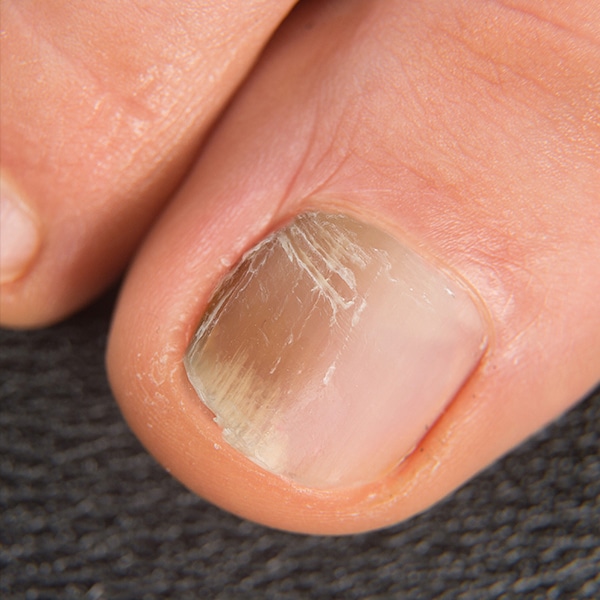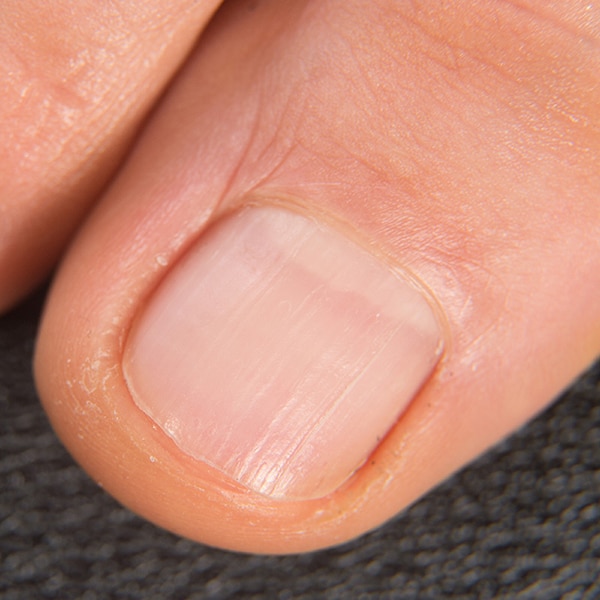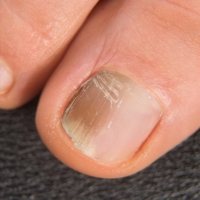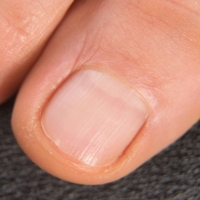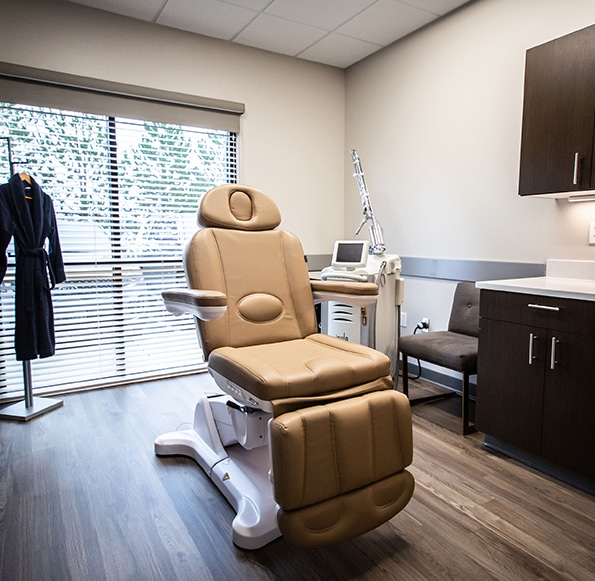The Science Behind Nail Fungus
You may have nail fungus if one or more of your nails are thickened; discolored whitish to yellow-brown; brittle, crumbly or ragged; distorted in shape and slightly foul smelling.
Factors that can increase your risk of developing nail fungus include: Age, owing to reduced blood flow, more years of exposure to fungi and slower growing nails; Sweating heavily; Having a history of athlete’s foot; Having a minor skin or nail injury or a skin condition, such as psoriasis; Having diabetes, circulation problems or a weakened immune system
Non-Surgical Nail Fungus Treatment
The Science Behind Nail Fungus
You may have nail fungus if one or more of your nails are thickened; discolored whitish to yellow-brown; brittle, crumbly or ragged; distorted in shape and slightly foul smelling.
Factors that can increase your risk of developing nail fungus include: Age, owing to reduced blood flow, more years of exposure to fungi and slower growing nails; Sweating heavily; Having a history of athlete’s foot; Having a minor skin or nail injury or a skin condition, such as psoriasis; Having diabetes, circulation problems or a weakened immune system
Non-Surgical Nail Fungus Treatment
Fast Facts
Toenail fungal infection can start from athlete’s foot (foot fungus), and it can spread from one nail to another. It can also be spread from one person to another which is why it’s important to wear shoes in public places.
Many people who suffer with nail fungus seek professional treatment which takes time to resolve. Your provider may assign at-home care to help you restore a healthy nail bed.
You can do a lot to ward off nail fungus. Keep hands and feet clean, dry off thoroughly after bathing or exercising, wear socks or footies to protect your nail bed from bacteria, avoid sharing toe and finger nail clippers and more.
Real life patient stories
“I don’t need to hide my big toe with nail polish any more. After a series of treatments and on-going care, my nail bed is much healthier.”

